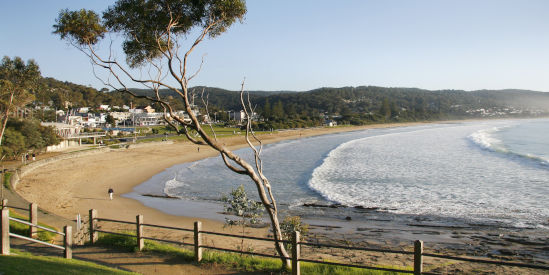
Great Ocean Road
Driving routes
Adventure activities
Sport
Nature & wildlife
Art & culture
History & heritage
Food & drink
Entertainment
Shopping
Accommodation
Health & wellbeing
World-renowned and for good reason, the Great Ocean Road is the weekend drive that you will want to extend for weeks. See the famous 12 Apostles, take in every inch of the scenic coastline and stop and stare at some of the many lookouts positioned along the driving route.
The Great Ocean Road route was built by World War One veterans when they returned from the fields of war. The road itself is considered a memorial to the lives that were lost in the bloodshed of the war and also facilitated the re-employment of hundreds of out-of-work serviceman who were trying to rebuild their lives. The Great Ocean Road was officially opened in 1932 by Lieutenant Governor, Sir William Irvine.
Before the roadway was built, Victorians had a treacherous travel route between Lorne to Geelong especially with the road resembling little more than a rough cow track. These days the Great Ocean Road is well-known around the world for being one of the best driving experiences in history.
Stop and take your time when exploring the Great Ocean Road. Sample the sights, the food, the accommodation and the atmosphere, and enjoy the peace and tranquillity of this world-famous driving route.
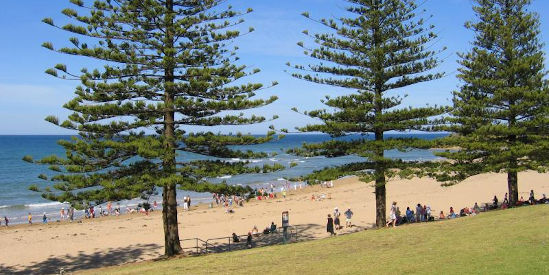
Torquay
The Great Ocean Road officially starts at the coastal town of Torquay, 22 kilometres south of Geelong.
Torquay is a popular holiday spot with great beaches and plenty of shops to purchase beachwear including Surf City Plaza where big name surfing companies have outlets.
Bells Beach, a little further along the coast from Torquay, is famous for the Rip Curl Pro surfing event which attracts competitors from around the world.
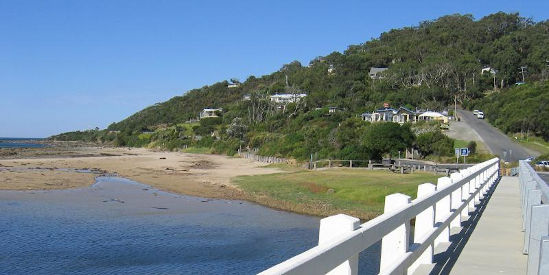
Wye River
You won't be able to stop thinking about postcards and travel shows when you leave Lorne and head south-west along the Great Ocean Road towards Apollo Bay. The road hugs the coastline for much of this section of its journey and there will be an overwhelming desire to stop at each and every parking bay along the way. Enjoy panoramic coastal views from lookouts at Mount Defiance, Point Sturt and Cape Patton.
Stop at the scenic village of Wye River with its sandy stretches of beach and bushy mountain backdrop. The local hotel overlooks the beach and is a great place for a drink or a meal. Further along the coast are more secluded villages including Kennett River which is noted for its prolific koala population.
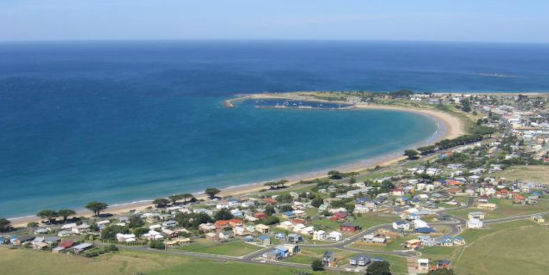
Apollo Bay
When arriving in Apollo Bay, you will be hard-pressed to resist a trip to the local bakery, well-known for its irresistible fare, or take a turn at the golf course that has caused many to spend much longer than first planned in the location. Visit the tranquil Apollo Bay harbour and try your luck with the local anglers or take a swim at the beach right near town.
Apollo Bay visitors find the location to be the ultimate seaside escape, and as part of the Great Ocean Road region, the area is a good excuse to pause for a few days before you continue on your explorative journey.
Just out of Apollo Bay is the popular spot of Marengo - known for its sheltered family-friendly beaches.
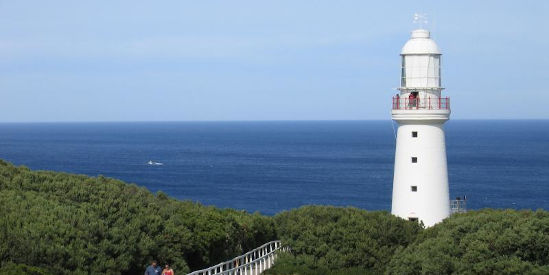
Cape Otway
Heading further westwards, you will notice the tall-timbered ranges of the Otway Ranges and may be enticed to take a short detour to visit Cape Otway.
The Cape Otway Lighthouse, built in 1848, still stands proud, and you can enjoy views of the tiny whitewashed cottages and take in the panoramic views across the coast from the top of the lighthouse. You can choose to stay within these converted cottages, or just visit the cafe for a bite to eat.
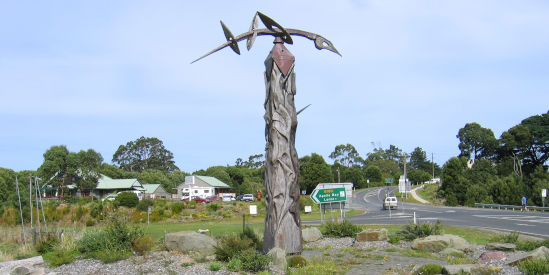
Lavers Hill
Past Cape Otway, the Great Ocean Road hits the coast at Glenaire with its scenic valley views and popular beach at Castle Cove.
Next stop is Lavers Hill, a town located at the highest point along the Great Ocean Road. Enjoy a break at one of the town's cafes, or take a 15 minute drive further inland to the gorgeous tree-top walk known as the Otway Fly. Several waterfalls are located near Lavers Hill including the stunning Triplet Falls.
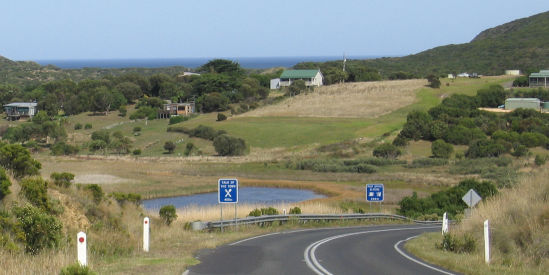
Princetown
The Great Ocean Road rejoins the coast at the small community Princetown, where the Gellibrand River meets the ocean. This river is a fishing wonderland for keen anglers and is often called the "Home of the Blackfish".
Princetown is also a great place to begin your search for the maritime disasters that peppered the coast in years gone by and may be visible along the rest of your journey - earning the area its name of Shipwreck Coast. There are 150 shipwreck sites marked by roadside signs along the remainder of the Great Ocean Road route.
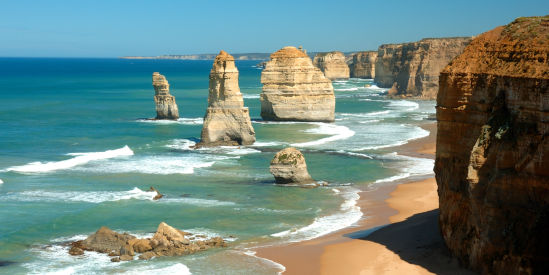
12 Apostles
There may only be 8 of them left, but as you pass Princetown on the Great Ocean Road you will be hard-pressed to miss this wonder of the world. The remaining apostles tower above the ocean, with viewing areas allowing visitors to capture the best photo opportunities they can muster.
The apostles are made of limestone and over the years the stacks have eroded in the surf, but keen visitors may like to book a helicopter flight above the remaining apostles to ensure they get the best possible bird's eye view.
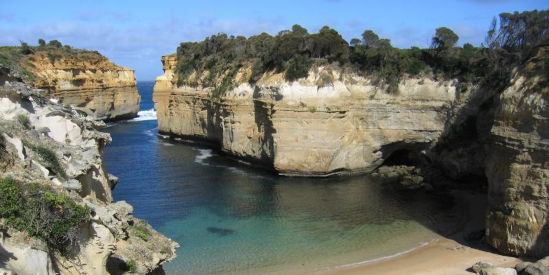
Loch Ard Gorge
One of the 150 wrecks that is signposted along the Great Ocean Road, Loch Ard sure stands out from the crowd.
Not far from the 12 Apostles, Loch Ard Gorge was named after the ship that was beached on Muttonbird Island in 1878 - the ship was called the Loch Ard. Only 2 of the 51 passengers and crew on the Loch Ard survived - they were ship's apprentice Tom Pearce and Irish born Eva Carmichael - both have become household names in the halls of Australian history.
A birdwatchers paradise, the Loch Ard Gorge is a great place to witness the process of erosion in action - as you can see where the violent sea has carved out a perfect gorge.
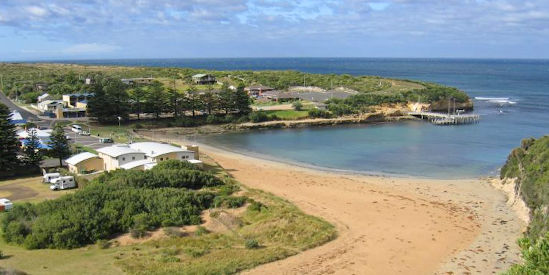
Port Campbell
Further along the Great Ocean Road is Port Campbell, a town towards the western end of the journey and a bustling little seaside village.
Visitors may choose to stay a while in the well-stocked location, enjoy boat tour activities surfing or diving adventures that begin in the location. There are accommodation options in Port Campbell to suit all tastes and budgets.
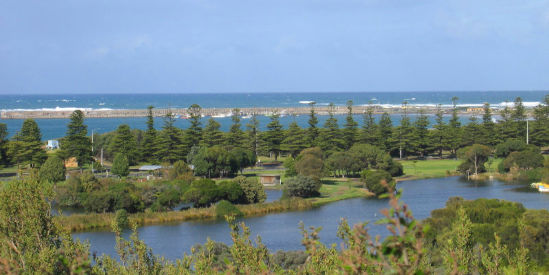
Warrnambool
The Great Ocean Road now heads inland across grazing land, joining the Princes Highway at Allansford, 12 kilometres out of Warrnambool, marking its official endpoint.
Warrnambool is the largest city in south-western Victoria with great shops and fantastic beaches. There are many attractions for people of all ages including the huge Lake Pertobe Adventure Park, Flagstaff Hill Maritime Village and the historic Warrnambool Botanic Gardens. It is an ideal beach holiday destination where you can even catch a glimpse of whales during their calving season.
Safe driving tips
Due to winding roads and slow traffic, don't underestimate how long the journey along sections of the Great Ocean Road take. For example, the distance from Anglesea to Apollo Bay is about 75 kilometres, but it will take about one hour and 15 minutes - that's an average speed of 60 km/h without stopping. Even the return trip from Melbourne to the 12 Apostles involves a lot of driving for just one day, so to experience the Great Ocean Road at a more enjoyable pace, have at least one overnight stop.
Most of the scenic lookout car parks along the Great Ocean Road are on the ocean side. If you are planning to stop at many of them, it is advisable to travel from east to west along the Great Ocean Road so that you don't have to cross the path of oncoming traffic each time you enter and leave a car park. On your return journey towards Melbourne, you may wish to take the much faster and direct inland route along the Princes Highway.
Make use of the numerous slow vehicle turnout bays along the Great Ocean Road if you are holding up vehicles behind you due to limited overtaking opportunities. Not everyone travelling on the Great Ocean Road is there for a leisurely scenic drive, as the road provides an important link between a number of towns.
